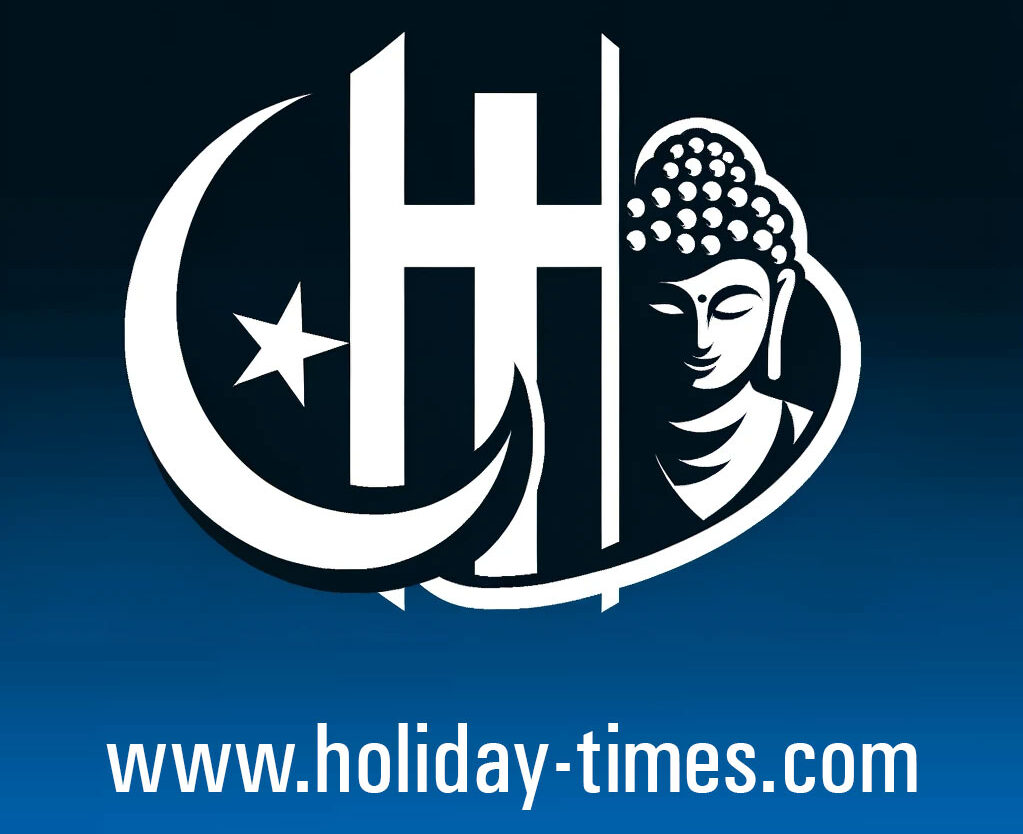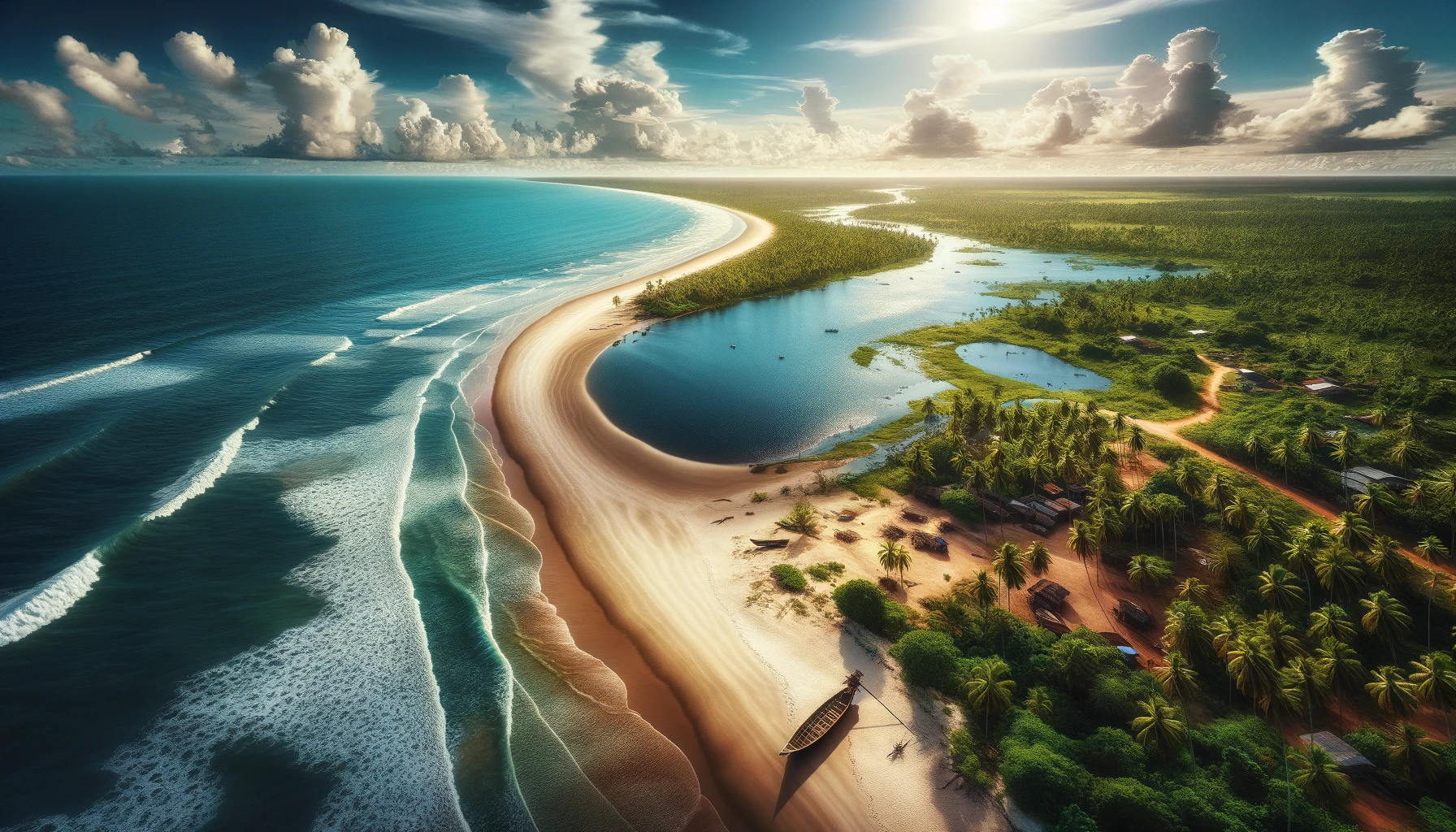Suriname, the smallest country in South America, offers a unique blend of cultures, biodiversity, and history. Its vast expanses of tropical rainforest, diverse ethnic communities, and Dutch colonial architecture, most notably in its capital, Paramaribo, a UNESCO World Heritage Site, make it a must-visit destination.
List of Public Holidays in Suriname
- New Year’s Day: Monday, 1st January
- Lunar New Year: Saturday, 10th February
- Holi Phagwa: Monday, 25th March
- Good Friday: Friday, 29th March
- Easter Sunday: Sunday, 31st March
- Easter Monday: Monday, 1st April
- Eid al-Fitr: Wednesday, 10th April
- Labour Day: Wednesday, 1st May
- Eid al-Adha: Sunday, 16th June
- Emancipation Day: Monday, 1st July
- Indigenous People’s Day: Friday, 9th August
- Maroons Day: Thursday, 10th October
- Divali: Friday, 1st November
- Republic Day Suriname: Monday, 25th November
- Christmas Day: Wednesday, 25th December
- 2nd Day of Christmas: Thursday, 26th December

History
- Pre-Colonial Period: Indigenous peoples have inhabited Suriname for thousands of years, each group with its distinct culture and society.
- Colonial Era: Suriname became a Dutch colony in the 17th century, initially focused on agriculture and the notorious transatlantic slave trade.
- Independence: Gained independence from the Netherlands in 1975, followed by periods of political instability, including a military regime and a civil war in the 1980s.
Geography
- Location and Landscape: The smallest country in South Amercia, Suriname is located on the northeastern coast of South America, bordered by the Atlantic Ocean, French Guiana, Brazil, and Guyana. The country features a mix of coastal plains, tropical rainforests, and rivers.
- Climate: Tropical climate with a hot and humid environment, characterized by a rainy season and a dry season.
Culture
- Ethnic Diversity: Suriname’s population is one of the most ethnically diverse in the region, including Creole (mixed African and European), Hindustani (descendants of Indian contract workers), Javanese, Maroons (descendants of escaped African slaves), Indigenous peoples, Chinese, and Europeans.
- Cultural Heritage: This diversity is reflected in Suriname’s languages, religions, cuisine, and festivals. Dutch is the official language, but Sranan Tongo, Hindi, Javanese, and other languages are also widely spoken.
- Religious Practices: Suriname is religiously diverse, with Hinduism, Islam, Christianity, and indigenous beliefs coexisting harmoniously.
Economy
- Resource-Based Economy: The economy is heavily dependent on the mining sector, particularly bauxite, gold, and oil. Agriculture (rice, bananas) and fishing are also significant.
- Challenges and Development: Faces challenges such as economic dependency on natural resources, environmental conservation, and the need for economic diversification.
- Tourism Potential: Suriname’s rich biodiversity, cultural heritage, and relatively untouched rainforests offer significant potential for eco-tourism and cultural tourism.
Society
- Demographics: Suriname’s population is concentrated in the northern coastal region, with Paramaribo, the capital city, being the cultural and economic center.
- Education and Healthcare: The country has made strides in improving education and healthcare, though challenges remain in accessibility and quality, especially in rural areas.
- Social Issues: Addressing social inequalities, enhancing integration among its diverse ethnic groups, and improving living standards are ongoing societal challenges.
Environmental Initiatives
- Biodiversity and Conservation: Suriname’s vast rainforests are part of the Amazon biome, hosting an incredible diversity of flora and fauna. There are efforts to protect these environments through national parks and conservation projects.
- Sustainability Efforts: Balancing economic development with environmental sustainability is a key focus, with initiatives to promote sustainable mining practices and develop renewable energy sources.
Government and Politics
- Political Structure: A democratic republic with a president elected by the National Assembly or by a larger electoral college when necessary.
- Recent Developments: Political stability has improved, but governance, transparency, and human rights remain areas for further development.

Tourism
- Natural Attractions: The Central Suriname Nature Reserve, a UNESCO World Heritage site, Brokopondo Reservoir, and Brownsberg Nature Park offer unique wildlife and nature experiences.
- Cultural Experiences: Cultural festivals, historic colonial architecture in Paramaribo (also a UNESCO World Heritage site), and Maroon and Indigenous communities provide insights into the country’s rich cultural tapestry.
Challenges and Future Outlook
- Economic Diversification: Expanding beyond resource extraction to sectors like tourism, agriculture, and technology to ensure sustainable economic growth.
- Environmental Management: Protecting its natural resources while fostering development, addressing climate change, and promoting conservation.
- Social Cohesion: Continuing to build a cohesive society that values and celebrates its cultural diversity and works towards equality and inclusion.

